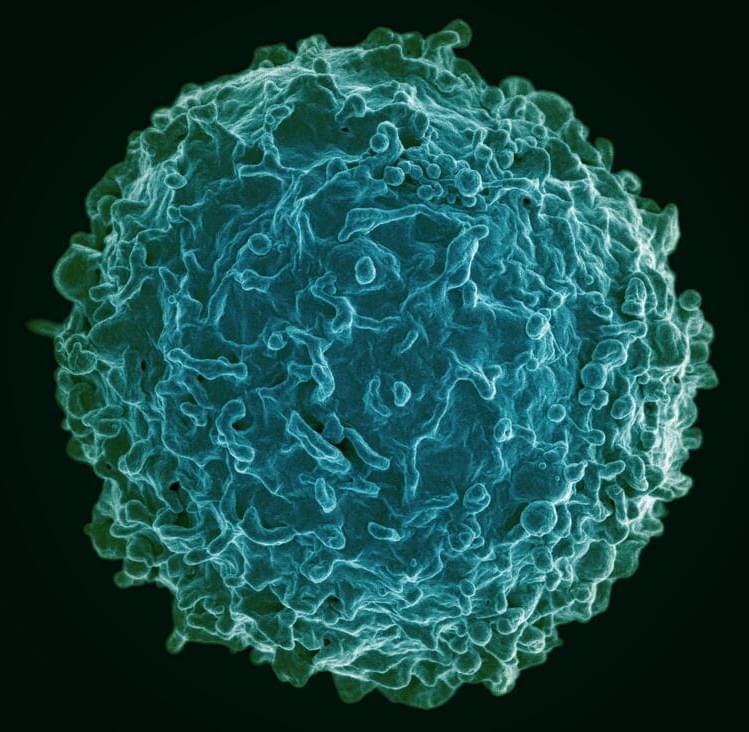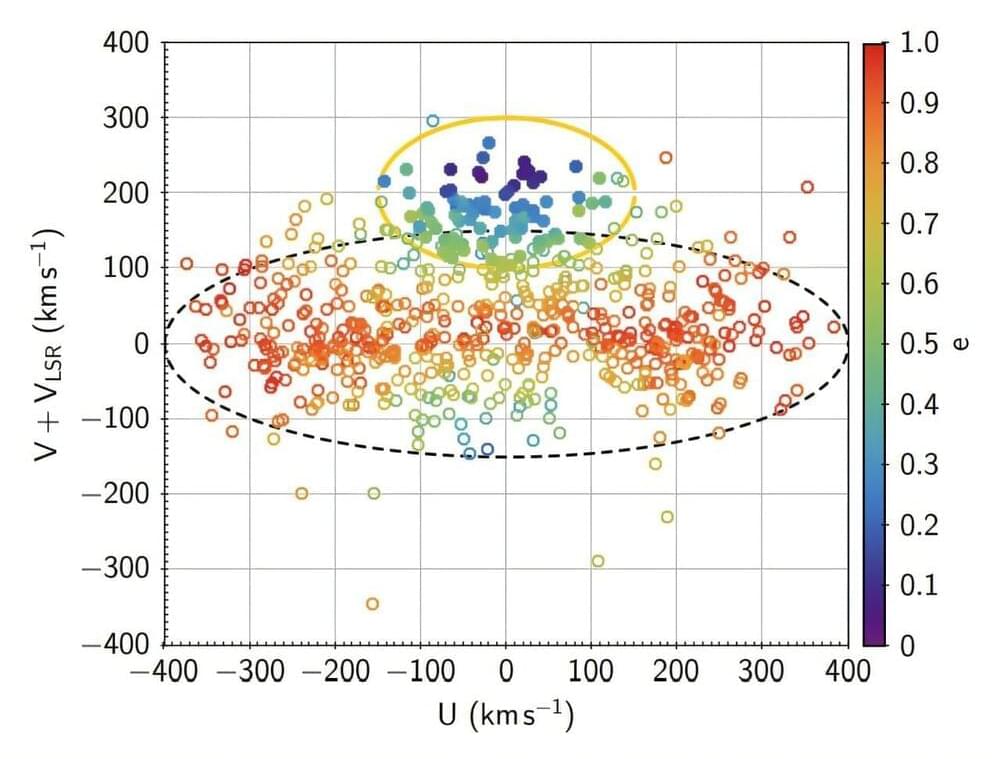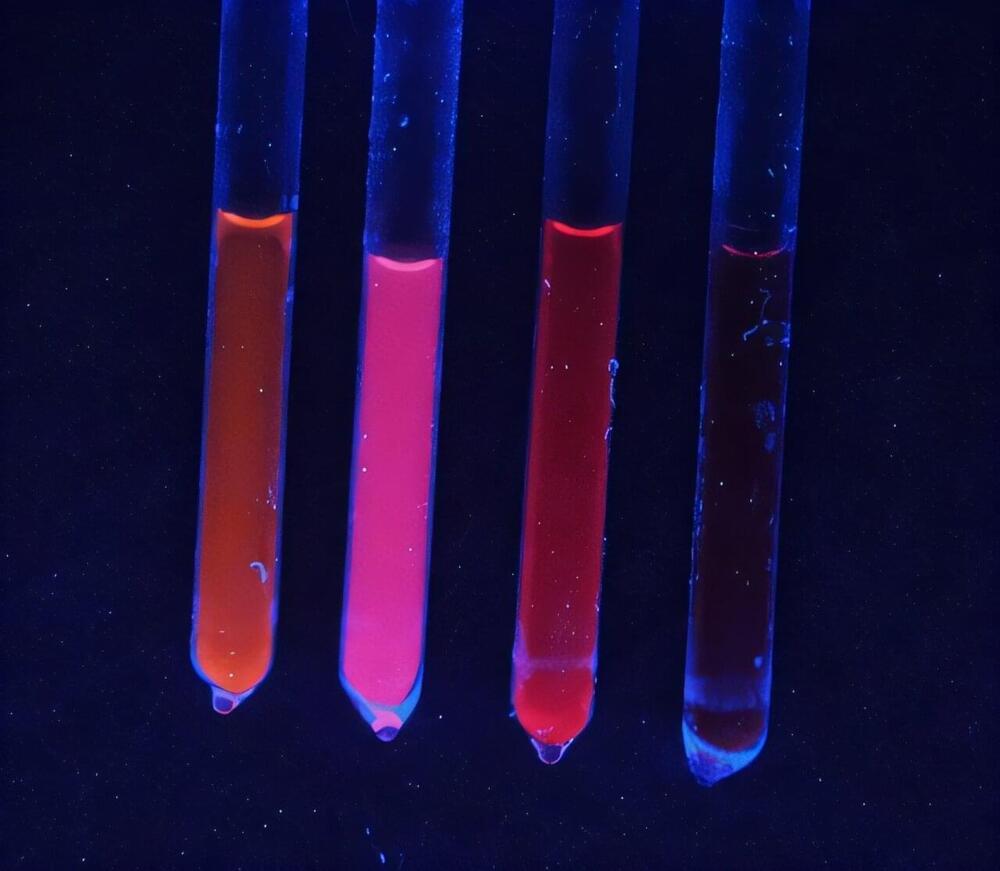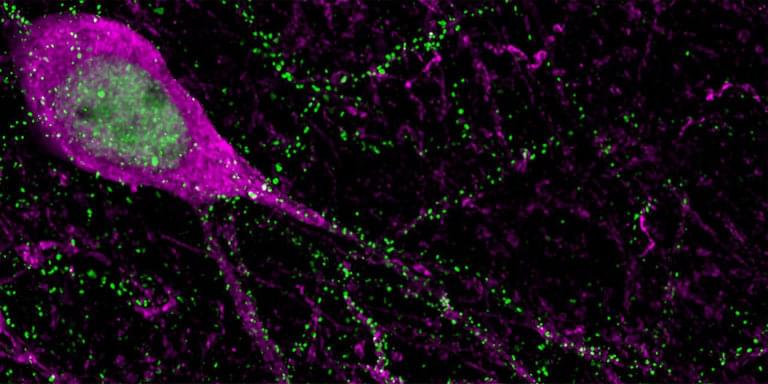From single to multi: how llms hallucinate in multi-document summarization.
C G. belem, P pezeskhpour, H iso, S maekawa…
Contribute to megagonlabs/Hallucination_MDS development by creating an account on GitHub.


A team of engineers and planetary scientists at Western University’s Institute for Earth and Space Exploration, in Canada, has found that it might be possible to produce food for space travelers by feeding bacteria asteroid material, resulting in the growth of an edible biomass.
In their paper published in the International Journal of Astrobiology, the group describes how they tested the idea by calculating how much asteroid material would be needed and what they found.
Prior research has shown that future spacecraft traveling to remote parts of the solar system or beyond could not possibly hold enough food to sustain astronauts. Such craft could not support the growth of enough food onboard, either.

What keeps some immune systems youthful and effective in warding off age-related diseases? In a new paper published in Cellular & Molecular Immunology, USC Stem Cell scientist Rong Lu and her collaborators point the finger at a small subset of blood stem cells, which make an outsized contribution to maintaining either a youthful balance or an age-related imbalance of the two main types of immune cells: innate and adaptive.
Innate immune cells serve as the body’s first line of defense, mobilizing a quick and general attack against invading germs. For germs that evade the body’s innate immune defenses, the second line of attack consists of adaptive immune cells, such as B cells and T cells that rely on their memory of past infections to craft a specific and targeted response. A healthy balance between innate and adaptive immune cells is the hallmark of a youthful immune system—and a key to longevity.
“Our study provides compelling evidence that when a small subset of blood stem cells overproduces innate immune cells, this drives the aging of the immune system, contributes to disease, and ultimately shortens the lifespan,” said Lu, who is an associate professor of stem cell biology and regenerative medicine, biomedical engineering, medicine, and gerontology at USC, and a Leukemia & Lymphoma Society Scholar. Lu is also a member of the Eli and Edythe Broad Center for Regenerative Medicine and Stem Cell Research at USC, and the USC Norris Comprehensive Cancer Center at the Keck School of Medicine of USC.

The generation and maintenance of protective immunity is a dynamic interplay between host and environment that is impacted by age. Understanding fundamental changes in the healthy immune system that occur over a lifespan is critical in developing interventions for age-related susceptibility to infections and diseases. Here, we use multi-omic profiling (scRNA-seq, proteomics, flow cytometry) to examined human peripheral immunity in over 300 healthy adults, with 96 young and older adults followed over two years with yearly vaccination. The resulting resource includes scRNA-seq datasets of 16 million PBMCs, interrogating 71 immune cell subsets from our new Immune Health Atlas. This study allows unique insights into the composition and transcriptional state of immune cells at homeostasis, with vaccine perturbation, and across age. We find that T cells specifically accumulate age-related transcriptional changes more than other immune cells, independent from inflammation and chronic perturbation. Moreover, impaired memory B cell responses to vaccination are linked to a Th2-like state shift in older adults’ memory CD4 T cells, revealing possible mechanisms of immune dysregulation during healthy human aging. This extensive resource is provided with a suite of exploration tools at https://apps.allenimmunology.org/aifi/insights/dynamics-imm-health-age/ to enhance data accessibility and further the understanding of immune health across age.
A.W.G. serves on the scientific advisory boards of ArsenalBio and Foundery Innovations.

Located in the Xinyi District of Taipei, Tao Zhu Yin Yuan, more famously known as the Agora Garden, is an ultra-modern residential building. It has been a point of observation and study for many designers for its peculiar twisted structure. The building has a height of 306 ft comprising 21 floors above ground and three basements. It has a LEED gold and diamond label and has also won multiple awards.

In 2017, Jacob Haendel was living a normal life as a head chef in…
A paralysed man who had an extreme form of locked-in syndrome and heard a nurse say he was “brain dead” has become the first ever to recover after hearing medical professionals debating whether or not to switch off his life support.
In 2017, Jacob Haendel was living a normal life as a head chef in Boston, Massachusetts but in the space of a few weeks, his life was turned upside down after he was diagnosed with acute toxic progressive leukoencephalopathy, which progressed into locked-in syndrome and forced his body would slowly shut down. An extreme form of locked-in syndrome is a condition where a patient is aware but cannot move or communicate verbally due to complete paralysis and can be caused by brain trauma, infection or exposure to toxins.
It is not known exactly how Jacob developed the condition, though he says his life as a chef consuming certain chemicals “wilfully and otherwise” may have been a factor. He ended up paralysed, unable to talk or blink within a few months and, could hear hospital staff deliberating over switching off machines.



A sensitive perception of the environment is crucial for guiding our behavior. However, an overly sensitive response of the brain’s neural circuits to stimuli can lead to neurodevelopmental disorders such as epilepsy. University of Basel researchers report in the journal Nature how neuronal networks in the mouse brain are fine-tuned.